 The United States produces one-third of the world’s solid waste. Much of this waste is plastic.
The United States produces one-third of the world’s solid waste. Much of this waste is plastic.
The first experimental plastic was made in 1870 to produce an ivory substitute for a billiard ball, but it wasn’t until the 1930s that commercial development began. Plastics were improved and marketed on a larger scale in 1940. These new plastics brought about a new era in the materials that we now use every day. Plastics are universally accepted in every culture around the world as a substitute for natural materials such as wood or metal, which were more common before 1950.
The convenience, low price of plastic, and the availability made it easy to adapt these products into our society. The ways we use plastic today are endless: shopping bags, toys, baby bottles, cups, dinnerware, food storage, PVC flooring, pesticides, canned food liners, nail polish, car dash boards, soft vinyl toys, “binkies,” building materials, wire sheathing, perfume, makeup, paints, raincoats, plastic clothing, garden hoses, tubing, composite dental fillings, shower curtains, and on and on. (I haven’t even mentioned some of the more common things like plastic water bottles.)
The downside of plastics, however, can be huge. They do not degrade in the environment; rather, they break into smaller pieces that are ultimately incorporated into animals, including humans. The chemicals are absorbed into the soil, into our food chain and into our ground water. Eventually we eat and drink the chemicals leached out of the plastic.
It not only puts people at risk, but the environment, as well. Let’s look at the effects on our health first.
Considering the amount of chemicals such as BPA (bisphenol-A) and phthalates that leach into our food, water, our bodies through cosmetics, breast milk, the placenta and dozens of other avenues, we are chemically exposed hundreds of times per day.
 In the body, these compounds can mimic estrogen and cause breast and other reproductive cancers in women. In men, they can cause testicular cancer, prostate cancer, smaller penises, undescended testes and low sperm counts.
In the body, these compounds can mimic estrogen and cause breast and other reproductive cancers in women. In men, they can cause testicular cancer, prostate cancer, smaller penises, undescended testes and low sperm counts.
Rats exposed to BPA and other endocrine disrupters in the lab have shown a high incidence of ADHD, autism, obesity and type-2 diabetes. The controversy continues as to whether these findings can be extended to humans. We are already blindly taking a chance that these results will not affect us.
There are things you can do to limit your exposure to these chemical endocrine disrupters. Drink liquids out of glass, stainless steel or porcelain. If you must drink out of plastic, use a plastic container that is BPA- and phthalate-free.
Do not wash plastics in the dishwasher, because the harsh detergents can cause chemicals to leach out of the plastic. Use warm, mild, soapy water and wash them by hand.
Never microwave plastic, because chemicals can leach into your food. Do not use scratched or discolored plastic containers, because they are more prone to leaching.
Eliminate canned foods from your diet. Acidic foods such as tomatoes are more prone to absorbing BPA, so avoid things like canned tomatoes and spaghetti sauce.
Do not use plastic appliances for making coffee or tea. Use a steel press or coffee pot instead.
Research the chemical content of toys at www.healthytoys.org. Keep your child safe by avoiding toys made with PVC.
Research phthalate-free cosmetics on line. Women have a higher ratio of phthalates in their systems due to cosmetics.
Look for plastic that is made from corn, soy, sugarcane, switchgrass or chicken feather down. These plastics are called bioplastic because they will degrade in the environment. Refuse to buy or use any plastics that are not made with bioplastic. We are great talkers about reducing, reusing and recycling, but we need to put our actions where our mouths are.
Currently the United States recycles approximately 4 percent of our plastic waste, and 1 percent of plastic bags are recycled. The rest of it is buried, discarded into our cities and open spaces or oceans, and sent off to developing countries as hazardous waste.
We are slowly poisoning the Earth. We cannot continue to be ignorant and wasteful, especially when it comes to creating and disposing of plastic materials. We generate 2.5 million non-returnable plastic bottles every hour. The amount of waste plastic is beyond comprehension. We make 274 million plastic shopping bags every day.
Plastic litter in the environment can cause havoc. Having just returned from India, I was appalled at the ankle-deep plastic refuse in many areas of the country. Rivers were covered from bank to bank with plastic refuse that was so deep you could not see the water.
According to the India Times, a U.S. ship with hazardous waste was waiting in port to be unloaded and the contents discarded somewhere in India. Dumping our waste in other countries is not a viable solution. One out of every four people in India has cancer. Is this what we want for us? Do we want this for the rest of the world?
According to “Sustaining the Earth” by Miller and Spoolman (2009), the U.S. sends solid (and possibly hazardous waste) to many developing countries such as China, India and Pakistan. We cannot continue to poison the Earth. We are the biggest offender in the world, yet we talk about China’s pollution. Maybe we should think about our own problems before we criticize others. The last thing we need to do is add to the pollution of other countries by delivering our waste to them.
When I returned to California, following my trip to India, I learned the United States is an even larger producer and user of plastics and plastic bags than any other country in the world. I felt like someone had punched me in the stomach. The thought that we recycle only 4 percent means the majority of it is buried … .hidden from sight, but a time bomb waiting to poison every living thing on Earth. Nothing could be worse for our environment. What are we thinking?
Some of it boils down to economics. It costs more to recycle plastic bags than it does to make new ones. It costs $4,000 to process and recycle 1 ton of plastic bags. The plastic bags made from this recycling process can be sold on the commodities market for $32. Because of this, most of our plastic bags are buried or taken out to sea. We dump a minimum of 8 million pounds annually into the ocean.
This is one reason the landfills are not absolutely overflowing with plastic waste. This plastic ends up “quietly” in an ocean-fill. Plastic bags and bottles blow around. They kill marine life, they collect on beaches and pollute the water and kill life along the coast. There are countless tons of plastic refuse drifting on the high seas. There is a garbage patch in the Pacific Ocean where the concentration of plastic reaches 1 million pieces per square mile. Currently, this plastic spill is the size of Texas. This area is called the Great Pacific Garbage Patch, or the Pacific Plastic Vortex.
So, what would happen if we just ignore all this plastic in our environment? Our water supply will eventually be so tainted that it will not be suitable for any animals, including us, to drink. Plants irrigated with tainted water could become dangerous for us to eat as the cellular structures of the plant absorb the chemicals. If herd animals eat these plants, the chemicals could pass to us through the food chain. As some chemicals break down into the environment, they could enter the atmosphere and contribute to global warming and the loss of our ozone.
The mere quantity of plastic affects our flood control systems by clogging drains, reducing the volume of detention ponds and, as witnessed in 2005 in Mumbai, completely clogging their drainage system, resulting in floods that killed more than 1,000 people. Mumbai now has a Plastic Bag Police to deal with the litter in storm drains.
As plastic refuse enters further into our wild spaces, our forests and forest animals will be affected. The degree to which they will be affected depends on the amount of plastic introduced into that ecosystem. Once this happens, it is conceivable that every living thing on Earth will be subjected to deadly chemicals. To what extent this will affect us and our world, we still do not know. We are just beginning to see the effects of our wasteful ways and possible consequences in lab animals.
Do we really need plastic bags? We could all use cloth bags and prevent billions of plastic bags from polluting our environment, killing animals and fish, and collecting in our oceans, our shores, wild spaces and cities. This is something we can all do immediately to help the situation. If we refuse to use any plastic bags, production will eventually be discontinued in the U.S. China has already done this. Many others are considering this option.
Do we really need bottled water? The price of bottled water is 1,900 times that of tap water. We each spend, on an average, $400 per year on bottled water, for a total of $100 billion nationwide.
Seventeen million barrels of oil was used to create those bottles. Instead of creating plastic bottles, that oil could have been used to fuel 100,000 cars for one year. Also, the companies that manufactured those bottles contributed 2.5 million tons of carbon dioxide to the atmosphere. Given the fact that water in plastic containers may be coming to you with cancer-causing chemicals, tap water is infinitely safer.
We have a choice. It is possible we can turn this plastic disaster around and avert a major tragedy. Years from now, when we realize what we have done, we might not be able to do anything to stop the decline.
The choice is yours. Consider a few lifestyle changes. Every single person can make a difference. It is time for all of us to think healthy and clean: Healthy for us, clean for the environment. The world may truly be in your hands.
“I feel deep sadness when I consider the wildlife lost to plastics and the habitats that are polluted with them,” said Jeannie Chari, associate professor of biology at College of the Canyons in Valencia. “Non-human animals have no understanding of these compounds and how dangerous they are. They try to eat them and feed them to their babies. This causes digestive blockage. They try to use them for nesting or play with them and get strangled. If they had a voice we would hear a plea for help.
“I urge everyone to reduce their consumption of all plastics,” she said. “Exert your consumer power. Tell your favorite companies how you feel about plastic. Ask them to find alternatives. Save yourself money and avoid plastic. My very favorite gift from a student is a stainless steel water bottle. It was probably the price of 10 plastic water bottles and as a result there are probably hundreds that I have not purchased. I take it with me everywhere. I love it. It keeps my water cool and clean tasting. Each time I sip from it I’m reminded of how the existence of millions of species depend directly upon our actions and I recommit to doing all I can to make certain that wildlife is protected.”
Dianne Erskine-Hellrigel is executive director of the Community Hiking Club and president of the Santa Clara River Watershed Conservancy. If you’d like to be part of the solution, join the Community Hiking Club’s Stewardship Committee. Contact Dianne through communityhikingclub.org or at zuliebear@aol.com.
Like this:
Like Loading...
Related




 Tweet This
Tweet This Facebook
Facebook Digg This
Digg This Bookmark
Bookmark Stumble
Stumble RSS
RSS

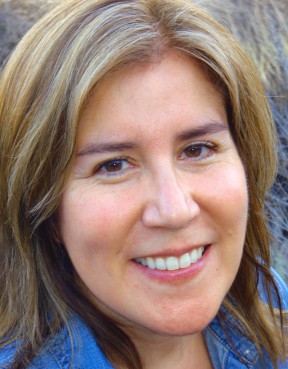
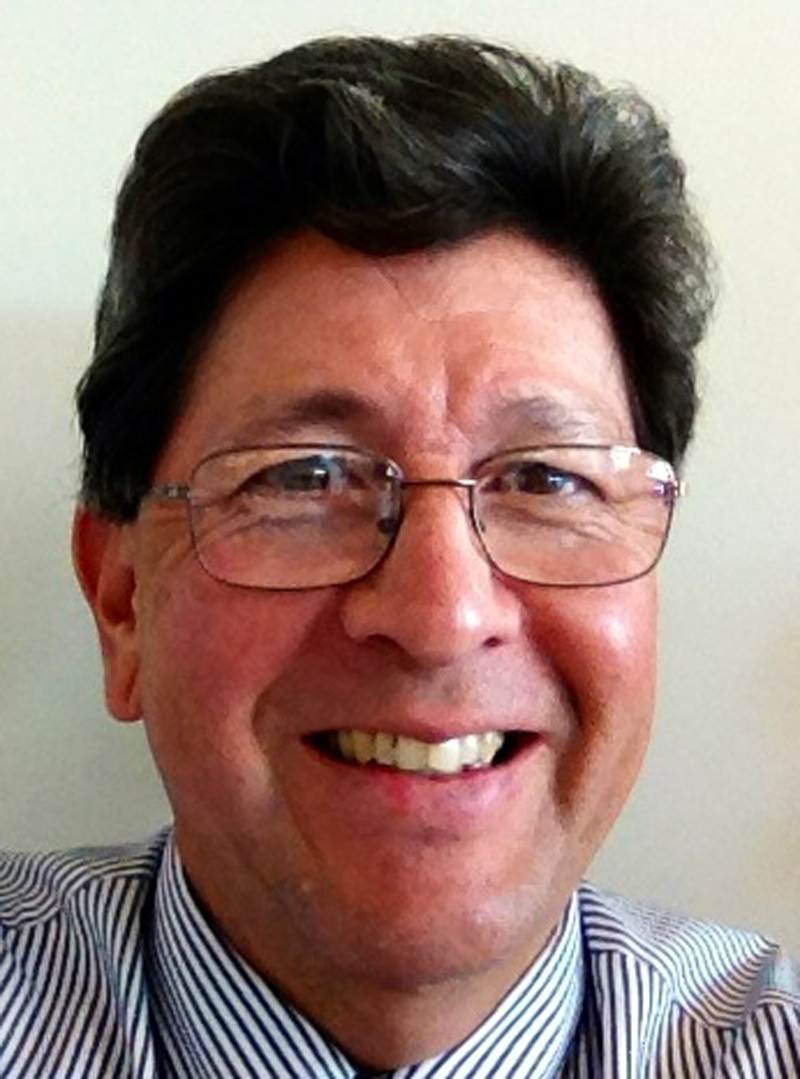

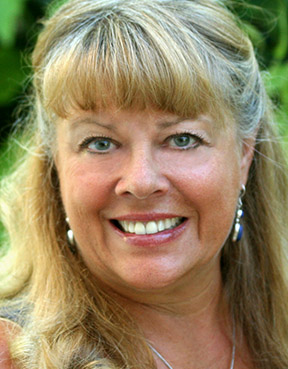


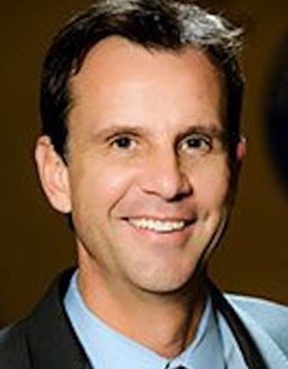
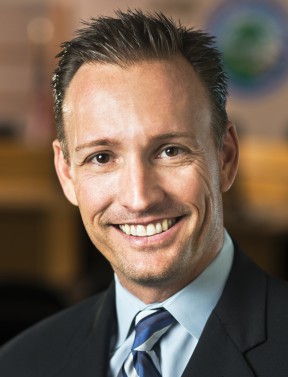
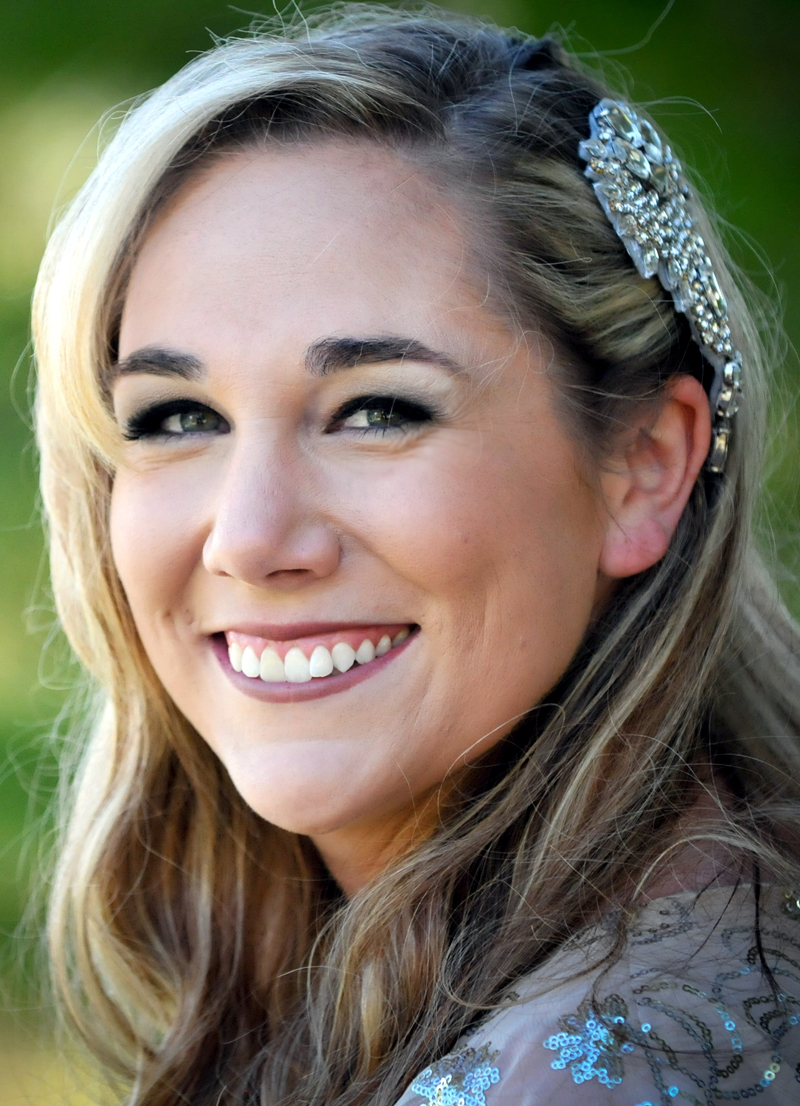


















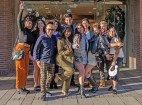
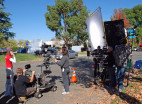
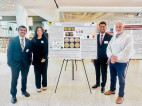

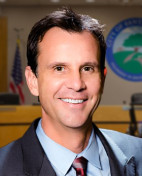






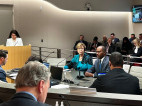


REAL NAMES ONLY: All posters must use their real individual or business name. This applies equally to Twitter account holders who use a nickname.
4 Comments
I’ll start by not reading anything by DE-H anymore on my plastic computer
great article. thanks!
Great and accurate information. I would just add that if you choose to use corn or soy-based alternatives, they should be from GMO-free corn and soy which is hard to find in the US since 90% or more of corn and soy in this country is GMO. Better alternatives are glass, un-dyed ceramic, and stainless steel for eating/drinking. If you must drink bottled water, I recommend “Real Water” which is alkalized, negative ionized, and bottled in boa-free blue plastic.
Wonderful article; Thanks!